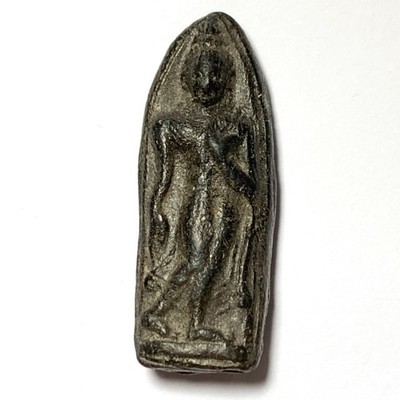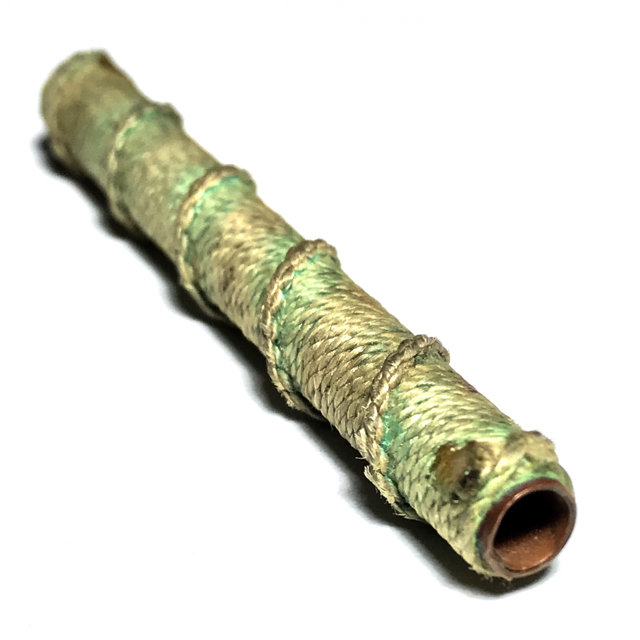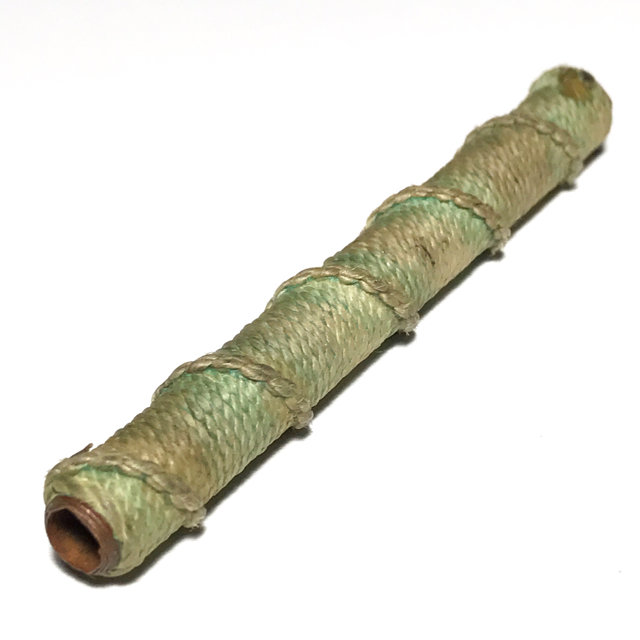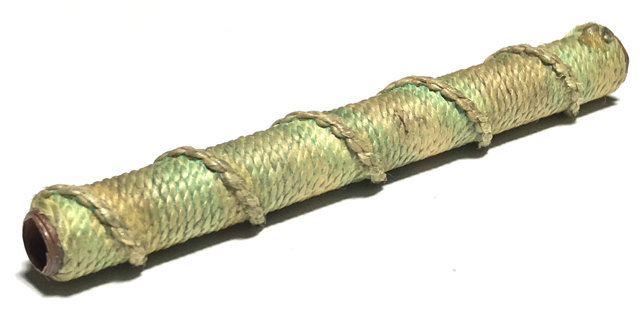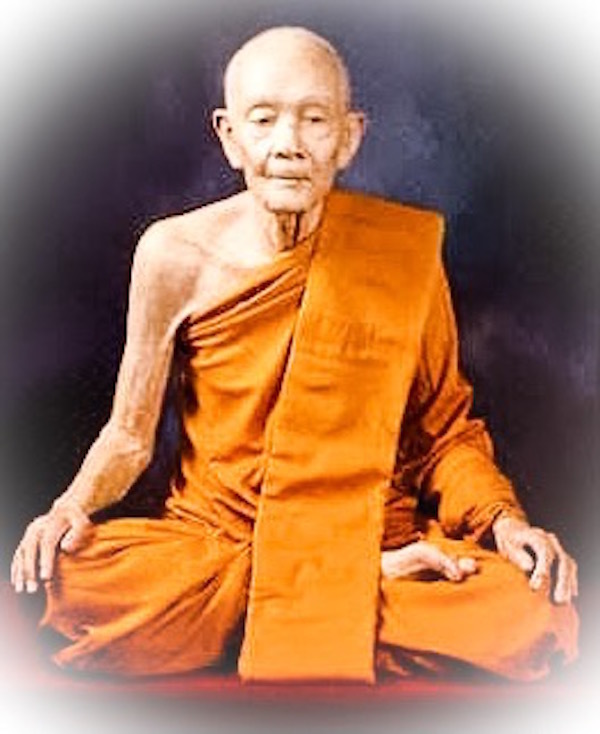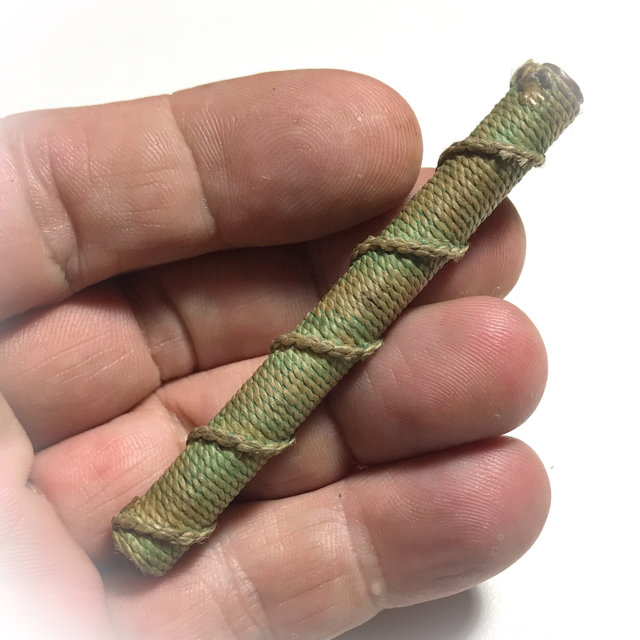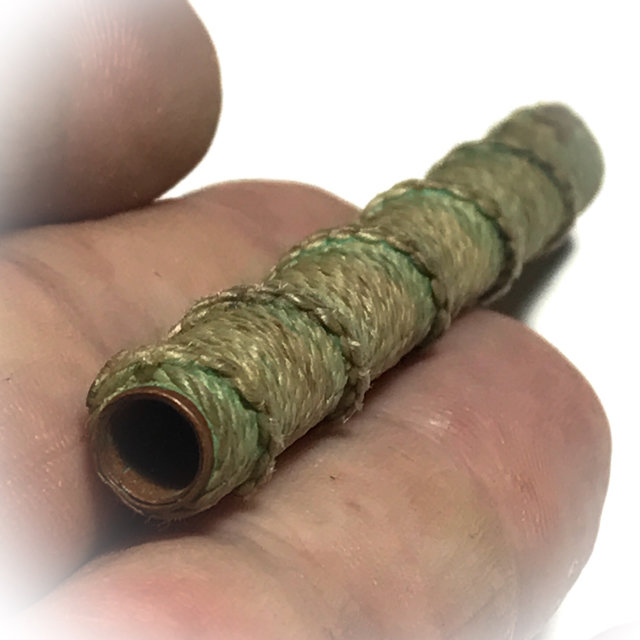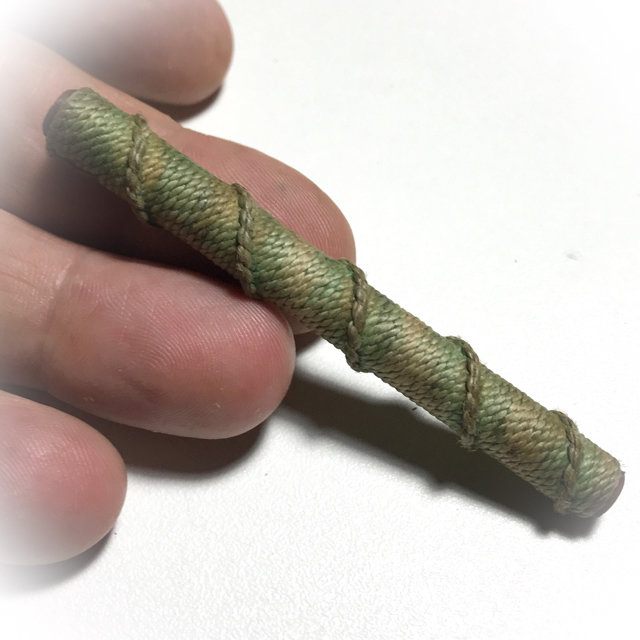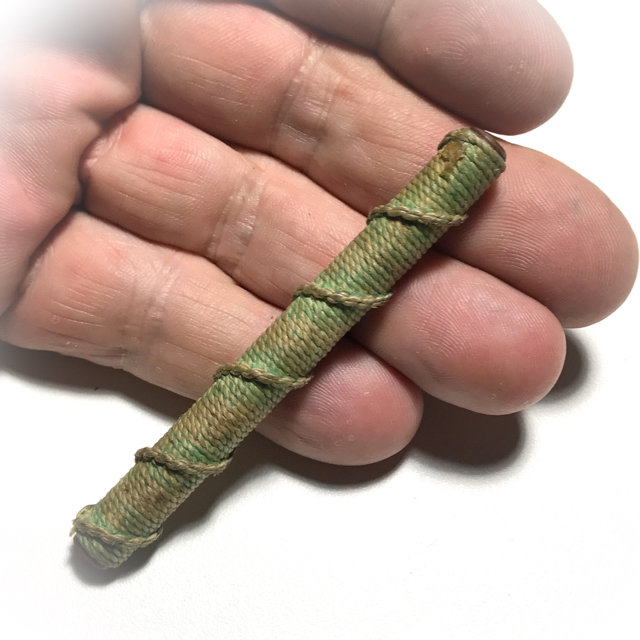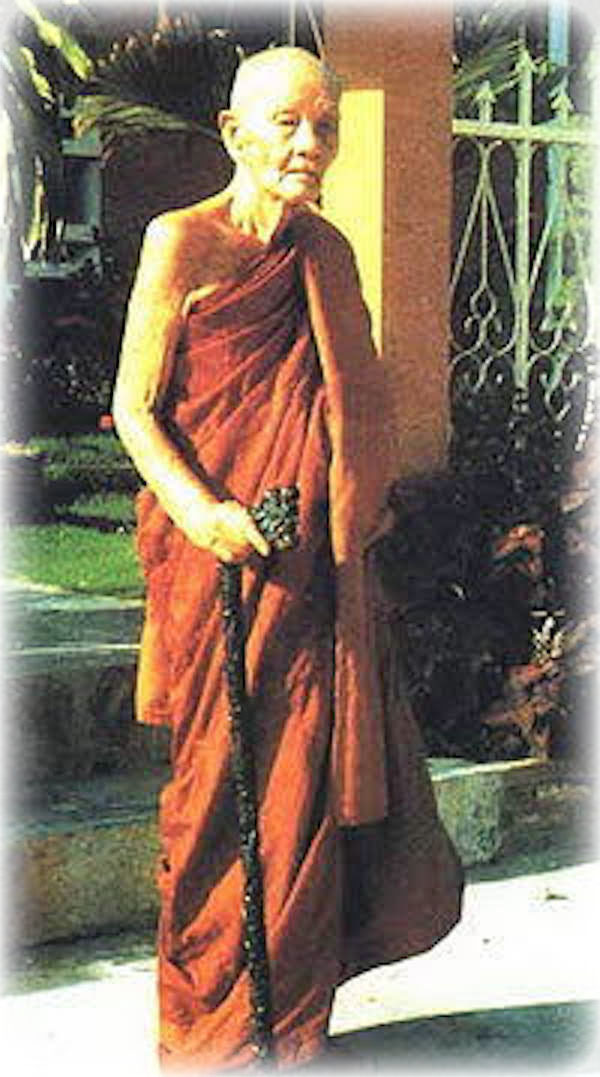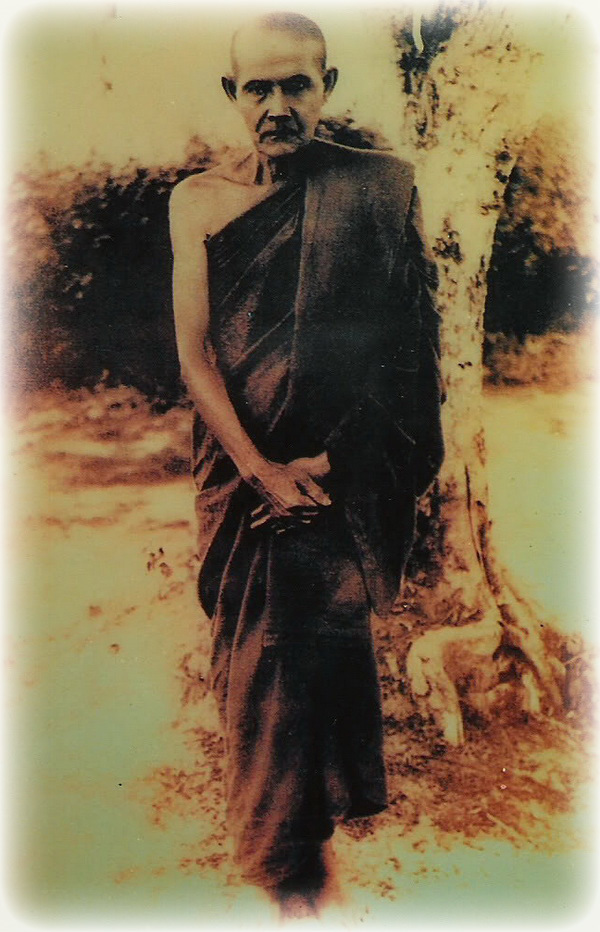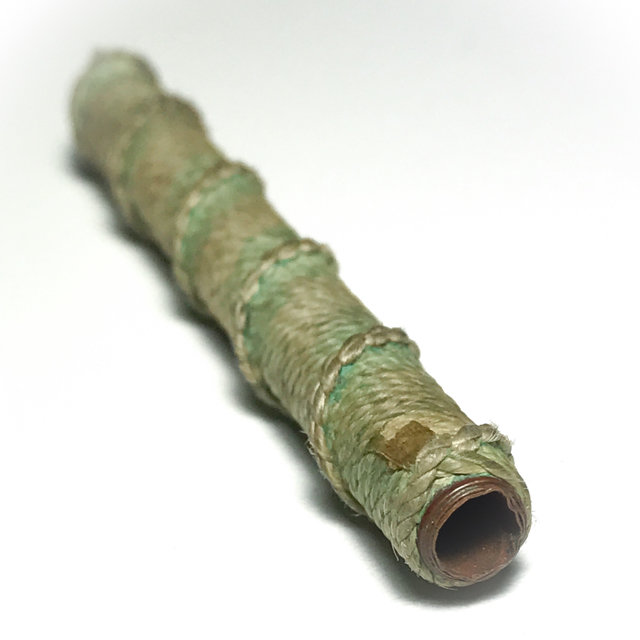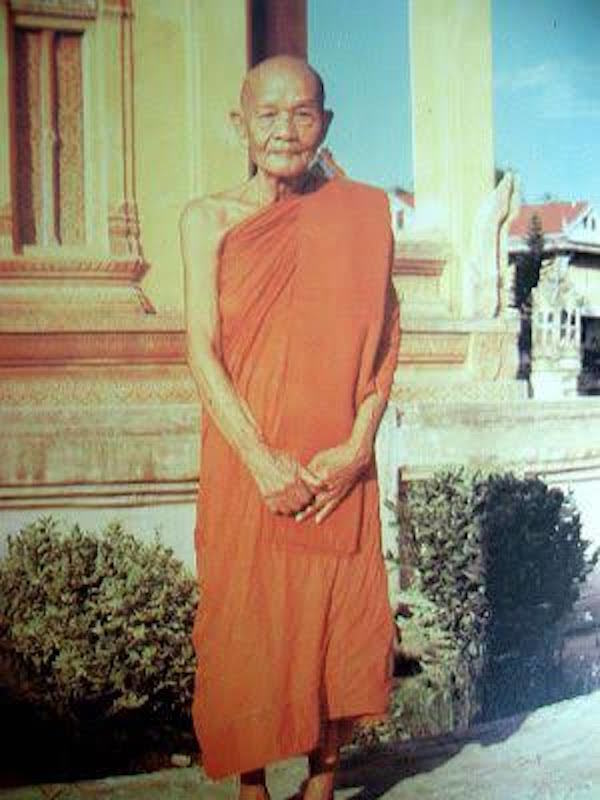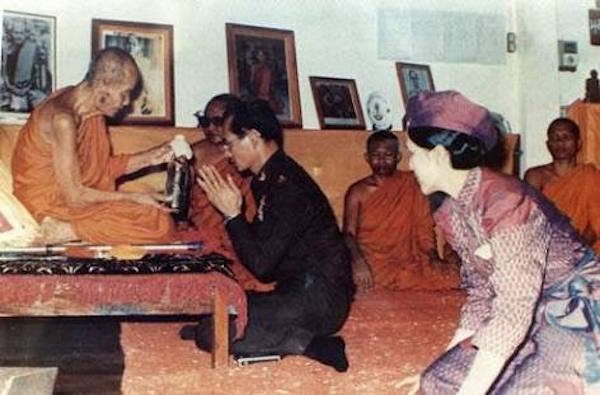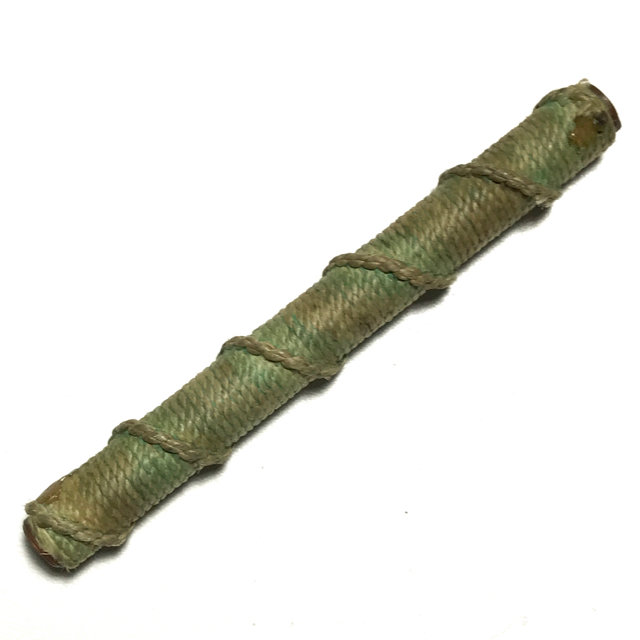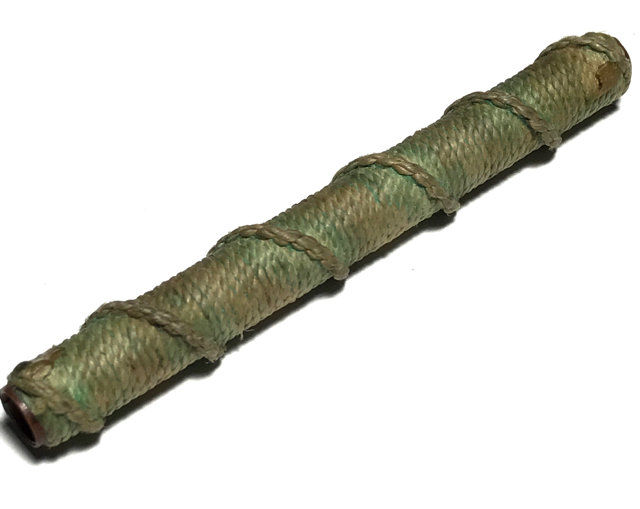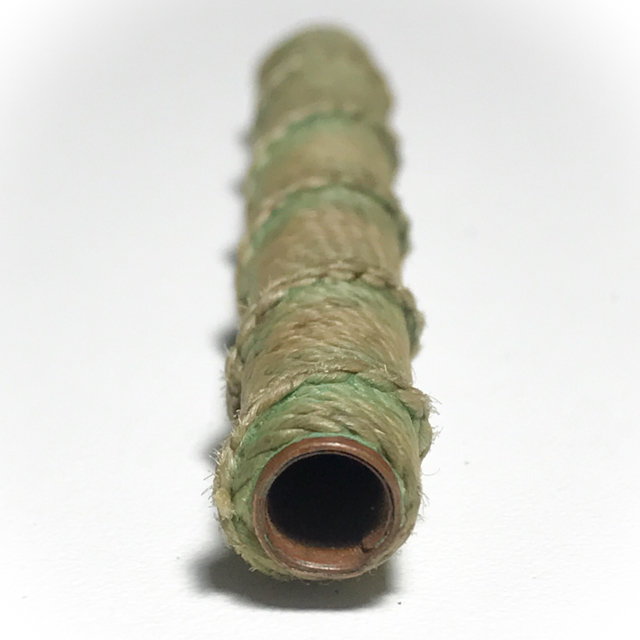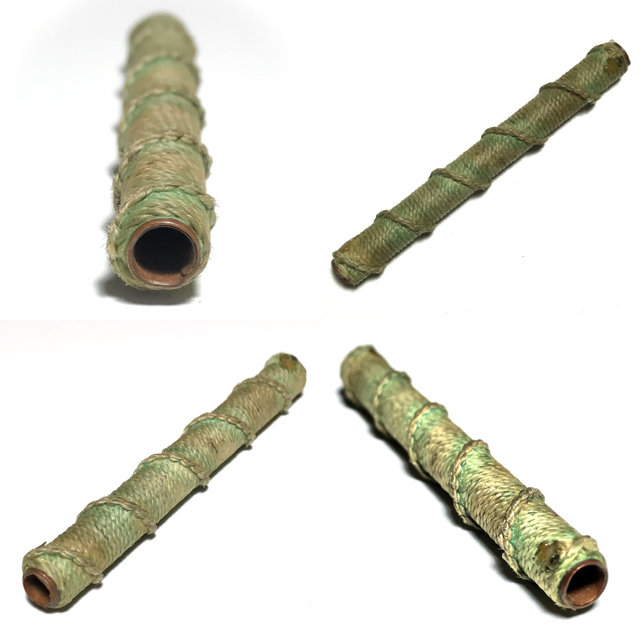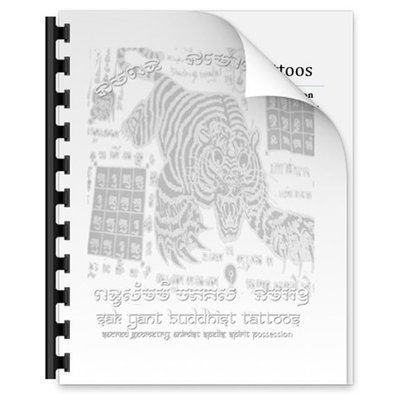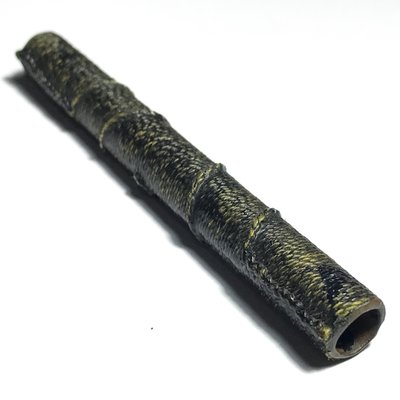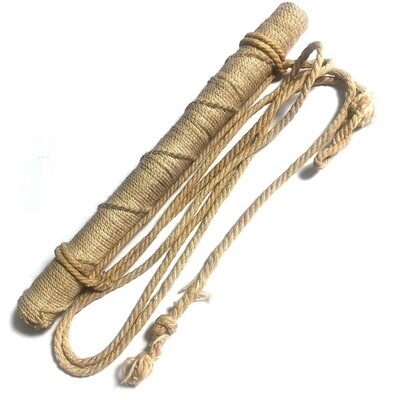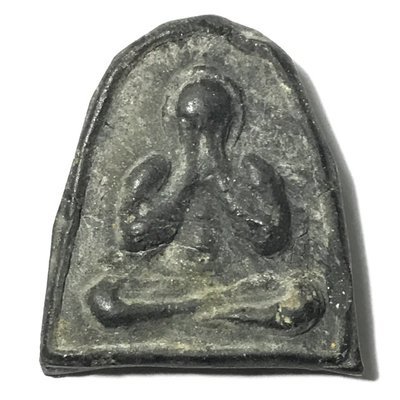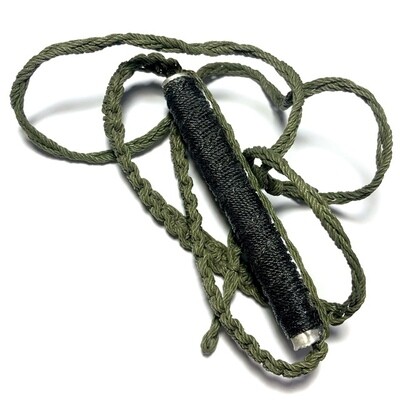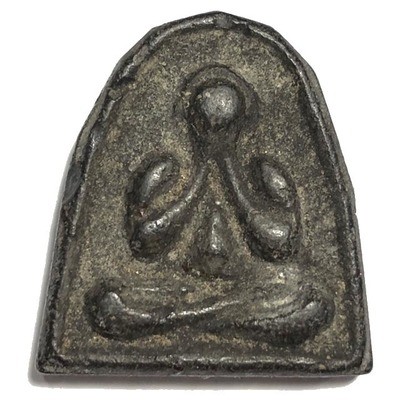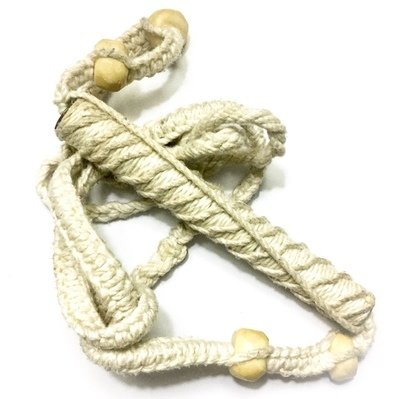
Ancient Amulet Store – Purveyors of preferred Classic Thai Buddhist Amulets for the True Devotee and Distinguished Collector
Discover the immensely deep and fascinating world of Vintage Thai Buddhist Amulets. Ancient Amulet is a long term established and internationally recognized Vintage Amulet Shop, and A Trusted Source for Classic Thai Buddhist Amulets for Devotees and Discerning Collectors, and is one of the many sub projects of informational sources created by Thai Amulet, Buddhism and Thai Occult Expert, Ajarn Spencer Littlewood . as part of his ‘Buddha Magic Project‘
Ancient Amulet provides authentic Antique and Rare Thai Amulets of the Pre and Early Post-Modern Era, of high esteem and Sacred Value, to revere, study and collect. Our Ancient Thai Buddhist Amulets are selected from the finest exhibits we can discover, and given diligent study and authentication processes. Our collection showcases time-honored amulets crafted by ancient masters, boasting captivating qualities and representing the esteemed Pra Niyom class. We offer authentic, highly valued ancient Thai Buddhist amulets from the pre and early post-modern eras, carefully selected from the finest exhibits and thoroughly examined. We invite you to study, revere, and collect these classic amulets from ancient masters, and to learn about their magical aspects and the art of amulet evaluation
Takrut Tong Daeng Mad Chueak Khiaw 3 Inches Luang Phu Doon Wat Buraparam
Takrut Tong Daeng with Green Cord Wrap for Klaew Klaad Kong Grapan Chadtri Evasion of Dangers and Invincibility, from the great Eastern Master of the Isan-Khmer Region, Luang Por Doon Adtulo, of Wat Buraparam (Surin). This powerful Takrut Tone on Sacred Copper Yantra Foil from the Great Luang Phu Doon, of Wat Buraparam measures 3 Inches long, and is bound with green cord wrapping. Takrut from Luang Phu Doon are highly renowned for Klaew Klaad and Kong Grapan Chadtri Protection, Anti Black Magick Reflective Magick, and Serm Duang Karma Improvement.
The Takrut is made from a Copper Yantra Foil spell which is rolled up to make a Takrut Tone scroll spell, for Klaew Klaad and Kong Grapan Chadtri Protection and Invincibility, and 'Krob Jakrawal' Universal Blessings, which include Increased Status and Promotion, Maha Amnaj Commanding Power and Influence, Metta Maha Niyom, mercy Charm, and Serm Duang Karmic Improvement. This Takrut is one of the slimmer Takrut and is less heavy to wear on a cord belt, than many of his heavy duty versions.
Luang Phu Doon is famous for his Dhamma Parable teaching;
"จิตที่ส่งออกนอก เป็นสมุทัย ผลอันเกิดจากจิตที่ส่งออกนอก เป็นทุกข์ จิตเห็นจิตอย่างแจ่มแจ้ง เป็นมรรค ผลอันเกิดจากจิตเห็นจิต เป็นนิโรธ"
"The Mind which looks Outwards, is Samutaya (cause of suffering and dissatisfaction), the Fruits of a Mind which looks Outwards, is Dhukkha (Suffering and Dissatisfaction), a Mind which sees the Mind Clearly, is Magga (the Path to the End of Suffering and Dissatisfaction), and the Fruit which is born of a Mind which can See the Mind, is Nirodha (Cessation of Suffering and Dissatisfaction)".
Luang Phu Doon Adtulo was born in Ban Prasat, in Tambon Chaniang, Surin Province on the 4th October 2431 BE, in the second Waning Quartal of the 11th Lunar Month. Luang Phu Doon was born as the second of four children. All of his other siblings died before reaching the age of 70, but it was Luang Por Doon who lived the longest, reaching an old age of 96 years Old.
Luang Phu Doon spent his early adult years working as an actor in the theatre, but after a few years began to repeatedly ask his parents for permission to ordain as a Buddhist Monk, for he was always attracted to the Dhamma, and spent a lot of his times in temples to learn the Dhamma and practice.
His parents would always refuse, saying that he was the older son and the main breadwinner of the family, and that also, if he did ordain, that they expected him to never disrobe, or at least, to reach the status of temple Abbot before disrobing. After years of repeatedly asking his parents for permission, they finally gave in, and so, Luang Phu Doon was ordained in the year 2453 BE, at the age of 22 years old, at Wat Jumpol Sutawas in Surin.
Pra Kroo Wimon Silaprodt (Luang Por Tong) was his Upachaya ordaining officer, Tan Pra Kroo Beuk was his Pra Gama Wājājārn (prompter), and Pra Kroo Rit was his Anusāwanājārn. He was given the Sangha name of 'Udtalō' which means 'Incomparable to Others', and hence became 'Pra Luang Phu Doon Udtalō Bhikkhu'
After ordination, Luang Phu Doon would travel some 10 Km to the temple of Wat Kor Ko, to learn Kammathana Vpassana practices with Luang Por Aeg as his first Instructor. In those days, Kammathana practice was done by adopting the views and methods of the Kroo Ba Ajarn who was teaching, and so Luang Phu Doon had to apply his practice exactly as Luang Por Aeg stipulated.
Luang Por Aeg would teach a method wheredy all that was practiced, was to light 5 candles, and to chant a prayer 'Khor Anchern Pra Pīti Tang Ha Jong Ma Ha Rao' (meaning 'I beseech the 5 Pīti Raptures to come to me'). Otherwise, no other applied methods were given, and so Luang Phu Doon would repeat this practice time after time, but would never get any of the 5 Pīti raptures to awaken within at all.
What is Pīti??
Pīti in Pali (Sanskrit: Prīti) is a mental factor (Pali:cetasika, Sanskrit: chaitasika) associated with the concentrative absorption (Sanskrit: dhyana; Pali:jhana) of Buddhist meditation. Pīti is a very specific joy associated with a state of deep tranquillity. It is often translated with the English words "joy" or "rapture" and is distinguished from the longer-lasting meditative "pleasure" or "happiness" (Pali, Sanskrit: sukha) that arises along with pīti. As the meditator experiences tranquillity (samatha), one of five kinds of joy (piti) will arise. These are:
Weak rapture only causes piloerection.
Short rapture evocates some thunder "from time to time".
Going down rapture explodes inside the body, like waves.
Exalting rapture "makes the body jump to the sky".
Fulfilling rapture - this seems to be a huge flood of a mountain stream.
Note; only the last two (Exalting, and Fulfilling Rapture), are considered specifically piti. The first four are just a preparation for the last one, which is the jhanic factor
Luang Phu Doon practiced and practiced repeatedly, but none of the 5 Raptures associated with the 5 candles came to him, and after a year or so, he became bored with the practice, which seemed more symbolic than practical and applied methods. Luang Phu Doon also began to practice fasting, and became very thin and wizened, but this too did not seem to bring any results in Enlightenment.
Luang Phu Doon remained a total of 6 years at Wat Kor Ko, practicing to no avail in his advancement of Enlightenment, but he remained diligent and true to the methods given to him. He was also selfless in the fact that he was often given tasks of helping to build ox carts, and look after the cattle in the fields, which is not the duty of an ordained monk, but he accepted these tasks just the same, selflessly. This was to be his first years of diligence and renunciation doing as he was asked, and was to form a basis which would bring him many fruits later.
After 6 years at Wat Kor Ko, Luang Phu Doon finally let go of any hope of the methods working, and went to study Paryatti Dhamma Theory at Wat Sutat Temple, in Ubon Rachathani, and became the first student from Ubon Rachathani to attain the Batchelor of Arts Degree in Dhamma Theory. Luang Phu Doon studied Pali Sanskrit Grammar, and became able to Translate Tripitaka Suttas from Pali to Thai.
Due to the fact that Wat Sutat was a Dhammayut Nikaya lineage temple, and Luang Phu Doon was a Maha Nikayta lineage monk, Luang Phu saw fit to ask to change lineages to become a Dhammayut Nikaya. And so in the year 2461 BE, he changed lineages, and remained at Wat Sutat.
Luang Phu Doon Practices Tudong with Ajarn Mun Puritadto
It was hereafter at Wat Sutat, that the Great Arahant Luang Phu Mun Puritadto came to visit, and Luang Phu Doon was able to listen to this great Attained Master Monk teach Dhamma. After one single Dhamma talk, Luang Phu Doon became so fervently faithful of the methods of Luang Phu Mun, that he beseeched his Metta to allow him to follow and practice with Ajarn Mun.
Luang Phu Doon then went on Tudong Forest Wandering with the great Ajarn Mun Puritadto, and remained practicing the Vipassanā Kammathāna methods as taught by the Great Master and Guru of the Thai Forest tradition Tudong Sangha lineage, Pra Ajarn Luang Phu Mun Puritadto.
Above Pic; Luang Phu Ajarn Mun Puritadto
After some years, the Bishops of Nakorn Rachasima asked Luang Phu Doon to return to Surin, to preside over the restoration of the temple of Wat Buraparam in Surin. Luang Phu then had to cease his Tudong Practice with Luang Phu Mun, and dedicated the rest of his life to diligently improving and administering the temple of Wat Buraparam.
It was then during his Years of Post Tudong mastery, where Luang Phu Doon began to release amulets to his Devotees, using the powers and Wicha he had developed in the forest throughout the many years he spent practicing under the great Master of all Forest tradition Sangha Monks, Luang Phu Mun Puritadto. Luang Phu Doon began to officially release amulets somewhere around the year 2470 BE onwards.
Luang Phu Doon is considered one of the Great Arya Sangha Ascended Masters and is a highly revered monk for Thai Buddhist Folk, wand even revered by many members of the Royal Family of Thailand.
Luang Phu Doon Passed Away on the 18th of December 2522 BE and was visited by many of the high members of the Royal Family, who travelled to Wat Buraparam to pay respects and to perform the Funeral Cremation Pyre lighting ceremony for Luang Phu Doon.
The amulets of Luang Phu Doon are all highly Sacred and Revered objects for Thai Buddhist People, and are extremely rare to find. Luang Phu Doon amulets are all highly esteemed classics and are members of the Pra Niyom Category, valid for entry in competitions of National Status.
Use the Traditional Thai Buddhist Method for Bucha;
1. Chant Maha Namasakara (3 Times)
2. Chant the Trai Soranakom (3 Times)
3. Chant Kata Aaraatanaa Pra Krueang (3 Times)
Kata Maha Namasakara
Namo Dtat-Sa Pakawa-Dto Araha-Dto Sam-Maa Sam-Put-Dtat-Sa
Namo Dtat-Sa Pakawa-Dto Araha-Dto Sam-Maa Sam-Put-Dtat-Sa
Namo Dtat-Sa Pakawa-Dto Araha-Dto Sam-Maa Sam-Put-Dtat-Sa
Trai Soranakom
Puttang Cheewidtang Yaawa Nipaanang Saranang Kajchaami
Tammang Cheewidtang Yaawa Nipaanang Saranang Kajchaami
Sangkang Cheewidtang Yaawa Nipaanang Saranang Kajchaami
Tudtiyambpi Puttang Cheewidtang Yaawa Nipaanang Saranang Kajchaami
Tudtiyambpi Tammang Cheewidtang Yaawa Nipaanang Saranang Kajchaami
Tudtiyambpi Sangkang Cheewidtang Yaawa Nipaanang Saranang Kajchaami
Dtadtiyambpi Puttang Cheewidtang Yaawa Nipaanang Saranang Kajchaami
Dtadtiyambpi Tammang Cheewidtang Yaawa Nipaanang Saranang Kajchaami
Dtadtiyambpi Sangkang Cheewidtang Yaawa Nipaanang Saranang Kajchaami
Kata Aaraatana Pra Krueang
Puttang Aaraatanaanang
Tammang Aaraatanaanang
Sangkang Aaraatanaanang
Puttang Prasittimae
Tammang Prasittimae
Sangkang Prasittimae
